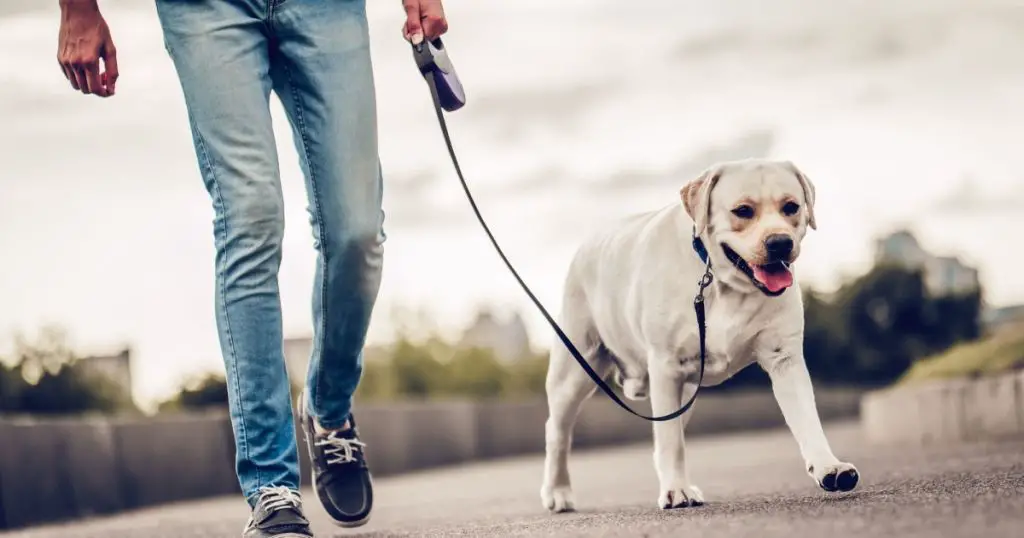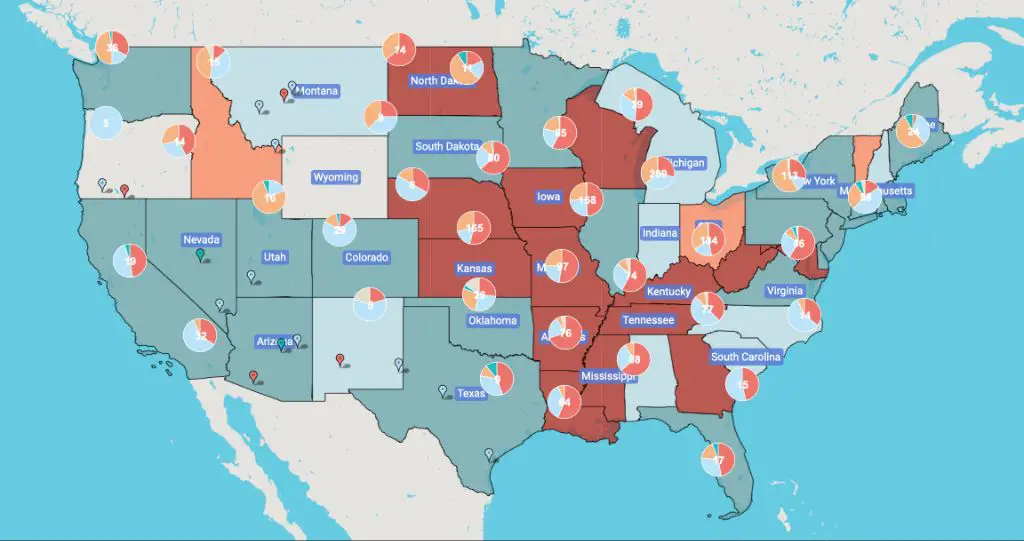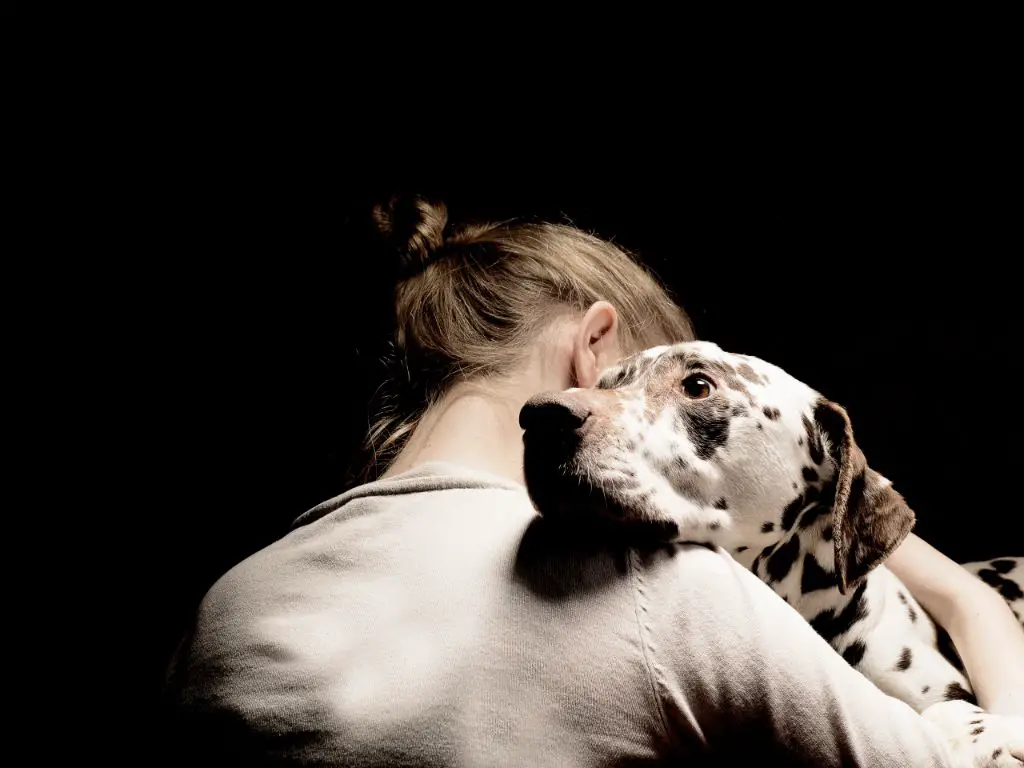Introduction
When a pet owner’s dog gets loose and is hit by a car, it can raise questions about legal liability. Who is at fault in such an accident? Could the owner be held financially or legally responsible? This article will examine the potential liability issues that arise when a dog gets hit by a vehicle while unattended.
We’ll look at factors like contributory negligence, leash laws, and homeowners insurance that may determine liability. The financial and emotional impacts of such accidents will also be explored. By the end, readers should better understand the legal landscape around accidents involving unattended pets and moving vehicles.
Legal Liability
Laws and regulations surrounding liability if a dog causes a car accident differ by state, but generally fall under negligence and strict liability standards. To determine negligence, the court analyzes whether the dog owner failed to exercise reasonable care in preventing the dog from entering the road. The level of care required depends on factors like if the dog had a history of running loose or if the owner disregarded leash laws. Strict liability involves keeping a dog with dangerous propensities, where the owner is liable for damages regardless of fault. But many jurisdictions don’t classify pets as inherently dangerous. Ultimately, legal liability hinges on specific circumstances and the jurisdiction’s laws. An owner allowing an unrestrained dog with no prior incidents to bolt into traffic may not be automatically liable. But knowingly keeping an aggressive loose dog near a road could warrant strict liability.
Contributory Negligence
Contributory negligence is a legal principle that can reduce a dog owner’s liability in cases where their pet is hit by a vehicle. It refers to the negligence of the plaintiff (the dog owner) that contributed to the incident. For example, if the owner let their dog run loose near a busy roadway, they may share some responsibility.

Most states have now adopted comparative negligence instead of pure contributory negligence. Under comparative negligence, liability is apportioned between the parties based on their relative degree of fault. So the driver may bear most responsibility, but the owner’s negligence in allowing the dog loose near traffic can reduce their compensation.
Factors that determine whether the owner was negligent may include leash laws in that area, prior issues with the dog escaping, and reasonable preventative measures the owner could have taken. Simply allowing a dog unrestrained access to a front yard near a roadway could potentially be considered negligent depending on the specific circumstances.
So in summary, a driver’s actions can reduce a dog owner’s liability if the owner also acted negligently in a way that contributed to the accident. Their compensation may be reduced by their percentage of fault based on comparative negligence rules in most states today.
Homeowners or Renters Insurance
Homeowners or renters insurance policies may provide some coverage if your dog gets hit by a car, but the details depend on your specific policy.
Liability coverage in homeowners or renters insurance may help pay for injuries or property damage caused by your dog if you are found legally responsible. However, most policies exclude injuries to your own pets. You would need to have specific coverage for your pet in order for your policy to cover your dog’s injuries or death.
Some homeowners or renters insurance policies include optional pet injury coverage that reimburses vet bills for accidents and illnesses. This coverage may help pay for expenses if your dog is hit by a car, but policy limits and deductibles apply.
If you have pet insurance for your dog, that policy may cover medical costs and potentially death benefits if your dog is hit by a car. Pet insurance policies vary, so review yours carefully.
To get coverage for your pet being hit by a car, it’s important to read your homeowners, renters, or pet insurance policies closely. Speak with your insurance agent to understand what circumstances they will and will not cover.
Preventative Measures

As a dog owner, there are several steps you can take to prevent your dog from running loose near roads and getting hit by a car. Proper training, fencing, and leash use are key to keeping your dog safe.
Train your dog to come when called using positive reinforcement techniques. Work on recall training in enclosed areas at first, then practice with distractions around. A dog with a solid recall is much less likely to run into the road. Teach cues like “wait” and “stay” as well.
Install secure fencing around your yard. Make sure there are no areas where your dog can dig under or squeeze through. Gates should latch firmly. This contains your dog on your property.
When walking your dog on leash, use a well-fitted collar or harness. Keep the leash short when near roads. Practice loose leash walking. Dogs should never be allowed off-leash near traffic.
Taking these basic precautions can go a long way in preventing the heartbreak of losing a beloved pet. It also shows you are a responsible dog guardian who keeps your dog and community safe.
State Laws
State laws regarding owner liability for loose dogs vary significantly across the United States. Some key differences include:

- Strict liability states – In these states, dog owners are held liable for any injuries or damages caused by their dog, even if they were not negligent. This is the case regardless of whether the dog has previously displayed dangerous behavior. Some strict liability states include Florida, Hawaii, and Nebraska.
- One bite rule states – The majority of states follow the “one bite rule” where owners are only liable if they knew or should have known their dog had dangerous tendencies. The dog must have exhibited aggressive behavior in the past for the owner to be held responsible. These laws provide more protection for owners.
- Leash laws – Most states and localities have leash laws requiring owners to restrain their dogs when off the owner’s property. Violating these laws can affect liability in a dog bite case. However, the strength of these laws varies.
- Cr
Notable Cases
There have been several high-profile cases involving accidents where dogs were hit by cars and legal liability was disputed. Here are a few examples:
In 2010, a dog owner in California was sued after her dogs got loose and caused an accident on a highway. One driver swerved to avoid the dogs and collided with another vehicle, resulting in serious injuries. The dog owner was found liable for negligence and had to pay significant damages.
In a 2012 case in Florida, a driver struck and killed a dog that ran into the road. The dog’s owner sued the driver for not making efforts to avoid the accident. The court ruled that the driver was not liable since the dog darted into traffic suddenly. The judge determined the accident was unavoidable from the driver’s perspective.
A 2015 case in New York set an important precedent when a court ruled that a driver can be held liable for hitting a dog, even if the dog was unleashed and not under the owner’s control at the time. The judge said drivers have a duty to exercise reasonable care to avoid hitting unrestrained pets.
These cases demonstrate how liability for dog versus car accidents is often complex, situational, and open to interpretation under the law. Much depends on the specific circumstances and whether the dog owner or driver acted negligently or took proper precautions. The outcomes have been mixed in courts across the country.
Financial Liability
When a dog gets hit by a car, the dog’s owner can face significant financial costs. These costs may include:

- Veterinary bills – Depending on the severity of the dog’s injuries, veterinary care can be very expensive. Treatment for fractures, internal injuries or surgical procedures often cost thousands of dollars.
- Property damage – If the dog was hit in an area like a yard or driveway, the collision may have caused damage that the owner must pay for. This could include damaged landscaping, fencing or vehicles.
- Lost income – Some pet owners may need to take time off work to care for an injured dog or deal with the aftermath of the accident. This results in lost wages.
- Replacement costs – In tragic cases where the injuries are fatal, the owner must bear the cost of getting a new dog if they choose to do so. This includes adoption fees, supplies and training expenses.
To help manage these potential costs, pet owners should have appropriate insurance coverage. Homeowners or renters insurance may cover some damages and liability if the dog was hit on the owner’s property. Specific pet insurance plans can also assist with medical bills for the injured animal.
Emotional Impact
Losing a beloved pet can be an extremely difficult and heartbreaking experience for dog owners. Dogs are often considered to be members of the family, and their unexpected injury or death due to a car accident can be emotionally devastating.
Owners may go through stages of grief and loss similar to losing a human family member or close friend. They may experience intense feelings of sadness, anger, guilt, despair, denial, and loneliness. There may be regrets over not keeping the dog leashed or safely confined in the home. The sudden loss of their canine companion can also lead to symptoms of depression and anxiety in some pet owners.
The emotional pain may be especially acute for those who witnessed their dog get hit by a vehicle. They may replay the traumatic accident over and over in their mind. Lingering trauma, flashbacks, sleep disturbances, and avoidance behaviors are not uncommon after this type of experience.
The grieving process takes time, and owners will need to be patient with themselves as they adjust to the absence of their beloved dog. Reaching out to friends, family, other pet owners, mental health professionals, pet loss support groups, or hotlines can help provide comfort and coping strategies during the difficult mourning period.
Conclusion
Dog owners should be aware that they may be held liable if their dog escapes or is hit by a car. While laws vary by state, owners typically have a duty to exercise reasonable care for their dog’s safety and to prevent them from harming others. Mitigating risk by ensuring fences are secure, gates are latched, and dogs are properly leashed when off the property is key. Ensuring a dog’s obedience through training can also minimize the chances they will bolt into traffic. While the legal and financial liability of letting a dog get loose is important, the emotional toll of losing a beloved pet cannot be overstated. Ultimately, responsible pet ownership can prevent tragic outcomes.
In summary, dog owners should always keep safety as a top priority. Take reasonable precautions to restrain dogs, train them properly, and be vigilant when they are outdoors. If an accident does occur, check your homeowners or renters insurance and consult local ordinances or an attorney regarding potential liability. Staying informed on laws and best practices can help dog owners avoid the painful experience of losing a pet.